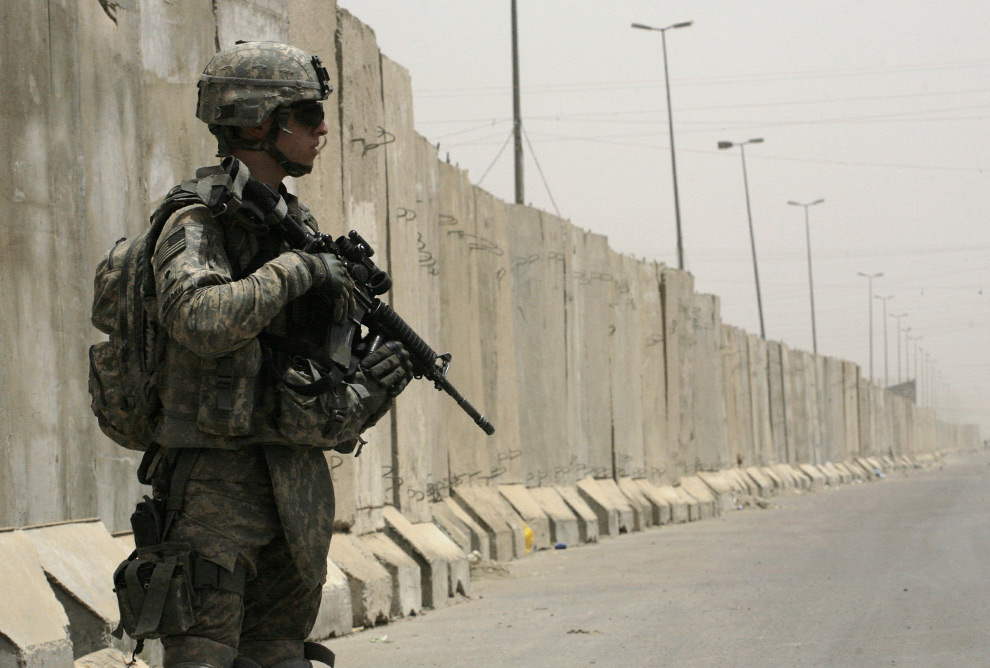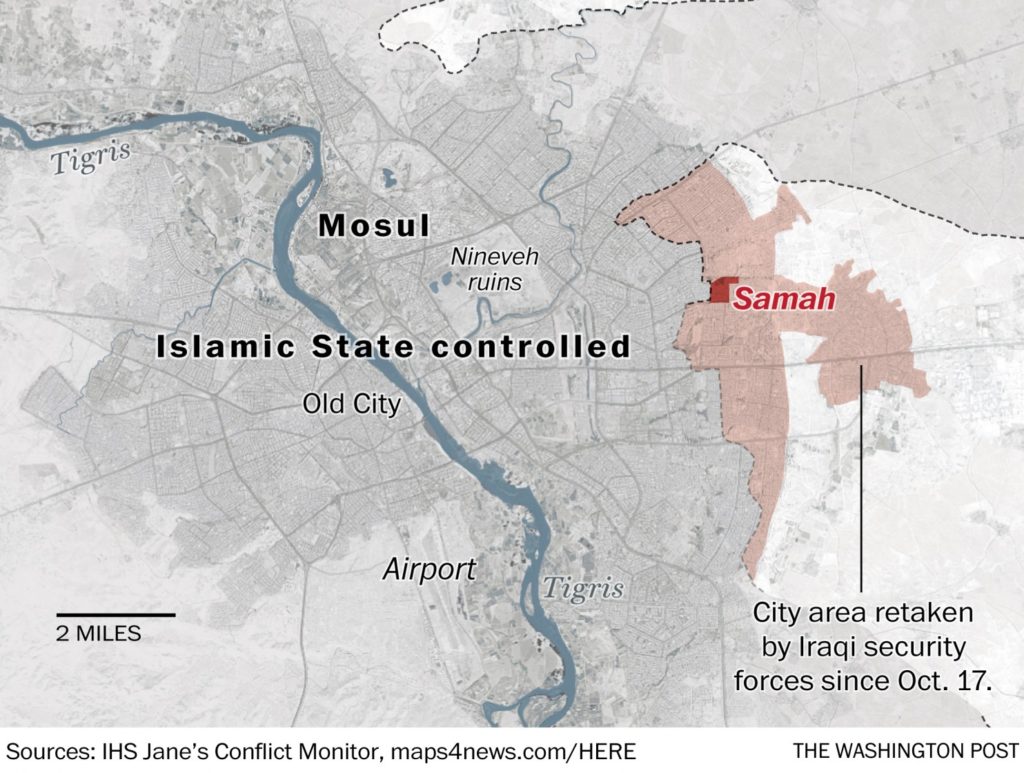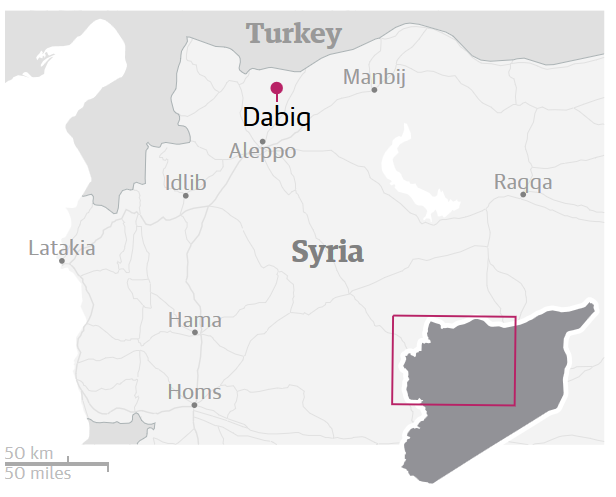We do like to claim we have predicted the casualty rates correctly in three wars (operations): 1) The 1991 Gulf War, 2) the 1995 Bosnia intervention, and 3) the Iraq insurgency. Furthermore, these were predictions make of three very different types of operations, a conventional war, an “operation other than war” (OOTW) and an insurgency.
The Gulf War prediction was made in public testimony by Trevor Dupuy to Congress and published in his book If War Comes: How to Defeat Saddam Hussein. It is discussed in my book America’s Modern Wars (AMW) pages 51-52 and in some blog posts here.
The Bosnia intervention prediction is discussed in Appendix II of AMW and the Iraq casualty estimate is Chapter 1 and Appendix I.
We like to claim that we are three for three on these predictions. What does that really mean? If the odds of making a correct prediction are 50/50 (the same as a coin toss), then the odds of getting three correct predictions in a row is 12.5%. We may not be particularly clever, just a little lucky.
On the other hand, some might argue that these predictions were not that hard to make, and knowledgeable experts would certainly predict correctly at least two-thirds of the time. In that case the odds of getting three correct predictions in a row is more like 30%.
Still, one notes that there was a lot of predictions concerning the Gulf War that were higher than Trevor Dupuy’s. In the case of Bosnia, the Joint Staff was informed by a senior OR (Operations Research) office in the Army that there was no methodology for predicting losses in an “operation other than war” (AMW, page 309). In the case of the Iraq casualty estimate, we were informed by a director of an OR organization that our estimate was too high, and that the U.S. would suffer less than 2,000 killed and be withdrawn in a couple of years (Shawn was at that meeting). I think I left that out of my book in its more neutered final draft….my first draft was more detailed and maybe a little too “angry”. So maybe, predicting casualties in military operations is a little tricky. If the odds of a correct prediction was only one-in-three, then the odds of getting three correct predictions in a row is only 4%. For marketing purposes, we like this argument better 😉
Hard to say what are the odds of making a correct prediction are. The only war that had multiple public predictions (and of course, several private and classified ones) was the 1991 Gulf War. There were a number of predictions made and we believe most were pretty high. There was no other predictions we are aware of for Bosnia in 1995, other than the “it could turn into another Vietnam” ones. There are no other predictions we are aware of for Iraq in 2004, although lots of people were expressing opinions on the subject. So, it is hard to say how difficult it is to make a correct prediction in these cases.
P.S.: Yes, this post was inspired by my previous post on the Stanley Cup play-offs.







